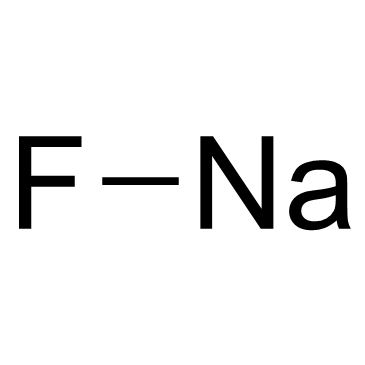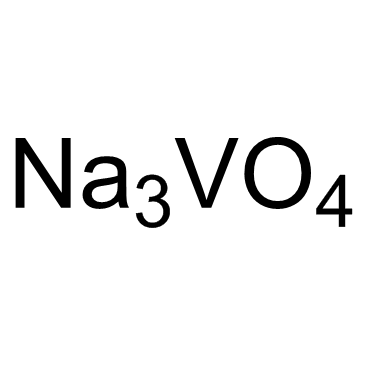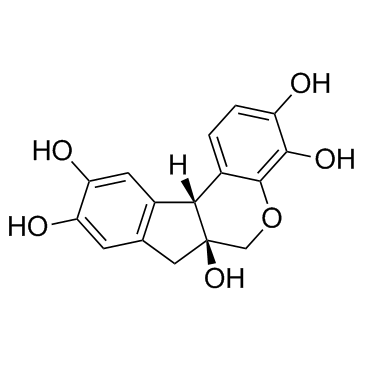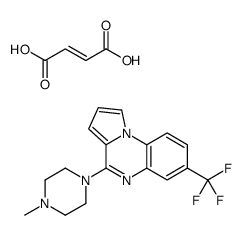| Structure | Name/CAS No. | Articles |
|---|---|---|
 |
Sodium Fluoride
CAS:7681-49-4 |
|
 |
sodium chloride
CAS:7647-14-5 |
|
 |
Galβ(1-3)GalNAc
CAS:20972-29-6 |
|
 |
SODIUM CHLORIDE-35 CL
CAS:20510-55-8 |
|
 |
Sodium orthovanadate
CAS:13721-39-6 |
|
 |
Hematoxylin
CAS:517-28-2 |
|
 |
Tamoxifen
CAS:10540-29-1 |
|
 |
Hydrocortisone
CAS:50-23-7 |
|
 |
CGS-12066 maleate
CAS:1350965-83-1 |